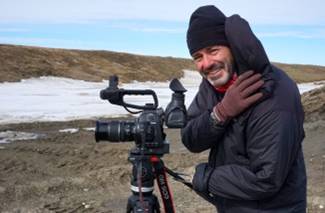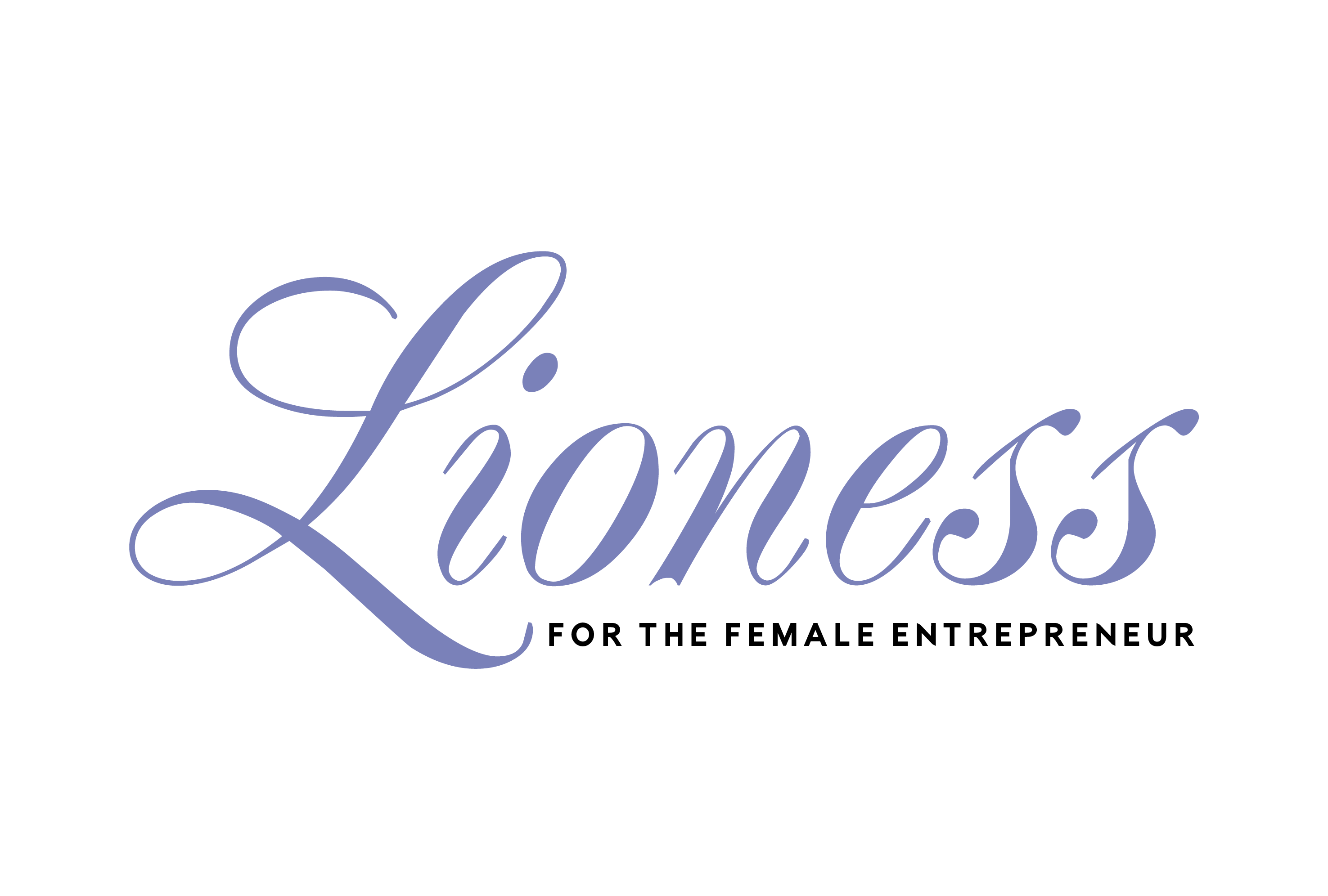
Miles O’Brien woke up and sensed that his left arm was there. But when he looked down, it was gone…amputated during surgery as a result of a freak injury several days prior. He wondered how he would provide for his family and perform little but important daily functions that we take for granted. As an award-winning science journalist and CNN contributor he traveled extensively, and was an active sports enthusiast. So what would his life be like now? Rather than retreat into the shadows, he dove into the rehabilitation process and challenged his occupational therapists and prosthetist to help him find ways to continue his normal activity level. They quickly responded and helped him to fulfill his plans of traveling to the Artic, including camping for 4 days on the Denali ice sheet, and riding his bicycle 300 miles across Michigan in two days. But to do so they had to outfit him with equipment and prostheses to replace his arm. He couldn’t function without a workaround strategy to replace that arm, because his body, and our bodies, needs two arms for balance.
The Power of Two
Most aspects of our daily functionality are based on having two arms. Two arms support our mobility, flexibility and dexterity. They increase our capability to lift and carry objects, multi-task, and find our equilibrium. The majority of the population is right handed, but some (like me) are left handed, simply indicating our ability and preference to perform more tasks with that hand. But even when using the preferred hand or arm, we need the other one to complement our actions. Our arms and hands are cross-wired from our brains, thus the left side or hemisphere of our brain controls movement on the right side of our body, and the right hemisphere of our brain controls movement on the left side of our body. Each side of the brain has a functional specialization, for example, the left hemisphere controls mathematical, analytical and logical processing, whereas the right hemisphere controls sense perception, emotion processing and artistic functions. All are complementary to the full and balanced functionality of our bodies and behaviors.
But this balance is not only important in the mobility of our bodies, but in the mobility of our leadership functionality. The leader of an organization is most effective with a balance of skillsets and inputs on his or her team. The leader needs a left and a right hand balance.
Right Hand
William Heyman is one of those right hand (left hemisphere) persons. Heyman is the vice-chairman and chief investment officer of Travelers. He’s held the position for the past 10 years, and during that time the company’s stock has had a 267% return compared with the 109% return on the S&P 500. He sticks to a conservative investment strategy even when the market seems to be exploding or imploding, and resists the temptation to invest in the latest hot tip. He’s a trusted advisor to Jay Fishman, Chairman and CEO of the company, and known for his ability to think through risk and reward probabilities. He grew up around well-known investors and gained decades of Wall Street experience that positioned him for this role. He provides strong analytical and logical balance to the leadership team.
Left Hand
On the left hand (right hemisphere), Jay Fishman has an instinct for the insurance business. He believes that the most successful CEOs can sense what’s going on in their business even before it shows up in the numbers. Fishman makes it a point to spend time with his 13,000 independent brokers and agents, answering their questions and understanding their issues. He even attends their funerals and that of their close family members. And he encourages them to spend time with their clients to ensure that they understand consumer needs. His detailed communications with Wall Street analysts have earned him plaudits for honesty and insight into the business. Fishman has built an organization that complements his insurance instincts as his team evaluates decisions to ensure that they are aligned with the goal. This has paid off as they weathered the 2008 downturn, along with massive hurricanes, tornados and floods in the past decade, to deliver strong returns. Fishman’s team complements his skillsets, and provides balance to their collective leadership decisions.
Perfect Balance
Every leader needs individuals on his or her team to provide the predominately left and right hand perspectives in a manner that balances their thought process and decisions. Just as the brain integrates the inputs from centers of expertise in the right and left hemisphere, so the leader must seamlessly integrate these inputs from his or her team to balance and lead thoughtfully. It’s a collective effort, requiring coordination and agility, yet when beautifully executed, demonstrates the necessary well rounded capability to accomplish greater exploits.
Jay Fishman will learn a new level of balance in the coming months and years. In late 2014, he announced that he had been diagnosed with a neuromuscular condition. While it won’t impact his ability to run the company, it might require him to use a cane in the future. Unfortunately, like Miles O’Brien, he’ll have to make some physical adjustments, but similar to achieving balance on his team, he’ll learn a new level of perfect balance.





Add Comment